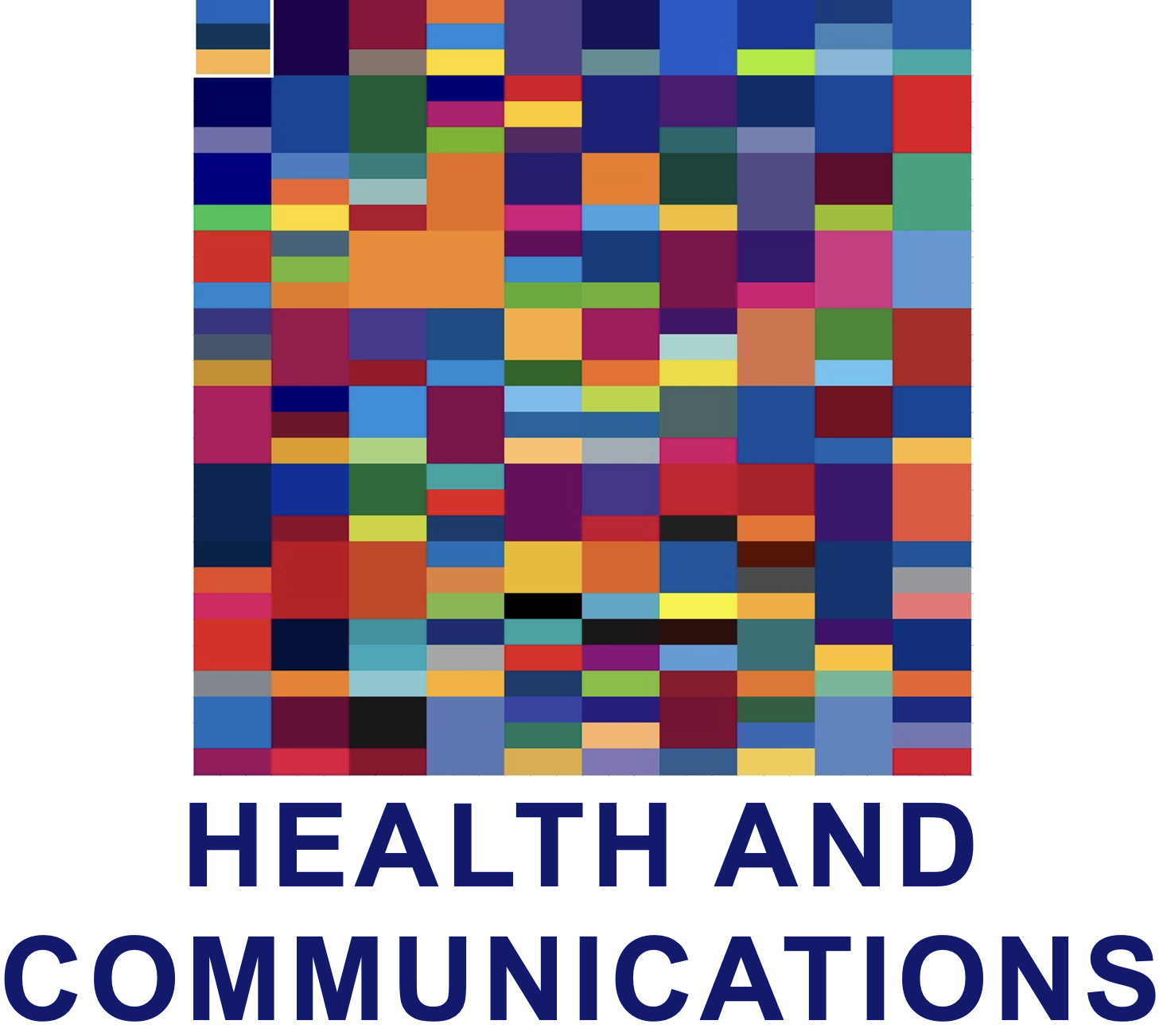A Formula for Effective ( health ) Communications
When I worked at a marketing communications firm, clients would often ask How effective will this communications campaign be? Of course, the answer was always That depends on a number of factors... We’d then list many of those factors, taking care to point out which were within our and their control and which were totally out of either of our control. Our intent was to be honest and not to promise to deliver what we couldn’t guarantee. The result though was often confusion (or even frustration) and the decision to proceed more often than not came down to the prospect’s evaluation of our track record and credibility rather than the brilliance of what we had proposed.
Here’s another way to show and explain those factors.
It’s generally valid for all fields of communications, not just those related specifically to health. Feel free to use it as is or modify it to fit your specific needs.
It’s shown as an equation (broken into two lines for clarity), with each element explained below. Using an equation format shows how the various elements relate to each other, and, perhaps more importantly, suggests that communication is a solvable problem, not just a roll of the dice.
EC %
The effectiveness of the communication (EC) is shown as a percentage achieved of some quantifiable goal. Such a goal is absolutely essential; without it, there’s no real way to know whether the effort and money were well spent. The goal could be anything from “Raising $500,000 for a new initiative” to “Vaccinating 10,000 children against polio.” Even soft goals like “We want to be better known” can be quantized to something like “When surveying our target audience before and after the campaign, we want to see a 20% increase in the number of people who recognize our name and know what we do.”
=
The equal sign says that achieving that goal of effective communication is a function of everything to the right.
∫
The integral symbol emphasizes the importance of creating an integrated communications campaign; one where all messages, designs, and products are consistent and reinforcing, from start to finish. What you communicate on your website should align with your social media, PR, marketing, sales, and every other aspect of your efforts. A campaign should not be 20 separate and independent undertakings, but one, highly integrated and coordinated operation.
Memorable
A communications campaign’s message must be memorable; all else depends on it. If it’s easily forgotten, then none of the other factors can rescue it and you will not achieve your goal.
To make a message memorable it should be creative (stand out), unique (differentiates you from your competitors), and ‘sticky’ in the sense that it persists like an earworm or a song stuck in your head.*
Denominator Components
Whenever any of these three factors are large, they inversely affect (diminish) the memorability of your message above in the numerator.
If your Competition’s Effort (e.g., opposing vaccinations) is connecting with your audience more frequently, by more means, more effectively, then your message is far less likely to get through.
Distraction-Local refers to times when you or some other person or organization dominates a defined situation, like being the only sponsor of a conference or the only NGO with a health mission in a given area. The greater their distraction of your audience’s attention, the lower the memorability of your message.
Distraction-Global refers to the wider arena of events, whose importance or immediacy may drown out your message. For example, someone living in a conflict zone in the DRC, may put a greater premium on avoiding militia battles and staying alive than following your Ebola contamination avoidance protocol.
The Multipliers
The six factors in the second line are all multipliers in that they can all directly amplify your message (and increase your EC percentage). And they are all largely within your (or your client’s) control.
Duration: How long the campaign lasts.
Repetition: How frequently you repeat, and how frequently someone receives, your message.
Focus: How narrowly you’ve defined and targeted your audience.
Breadth: How many different means and media you use.
Credibility: How well you’ve fostered a reputation for integrity.
Call to Action: How carefully you’ve calibrated the response you seek from your communications; is that request easily understood, is the requested activity easy to do, and is the time to do it understood to be of the essence.
Of course, you may believe the effectiveness of communications depends on other factors or that the relationships between factors is different from those shown here. That’s fine. But I do think that a formula-type presentation like this encapsulates a realistic understanding of what it takes to communicate effectively, and it may give your clients (as well as members of your team) a more precise picture of the tasks involved and the efforts required to achieve that effectiveness.
* I hesitate to give an example of sticky because it may start playing in your head, but here in the U.S., think of the jingle “K – A – R – S, Kars for Kids, donate your car today.”


